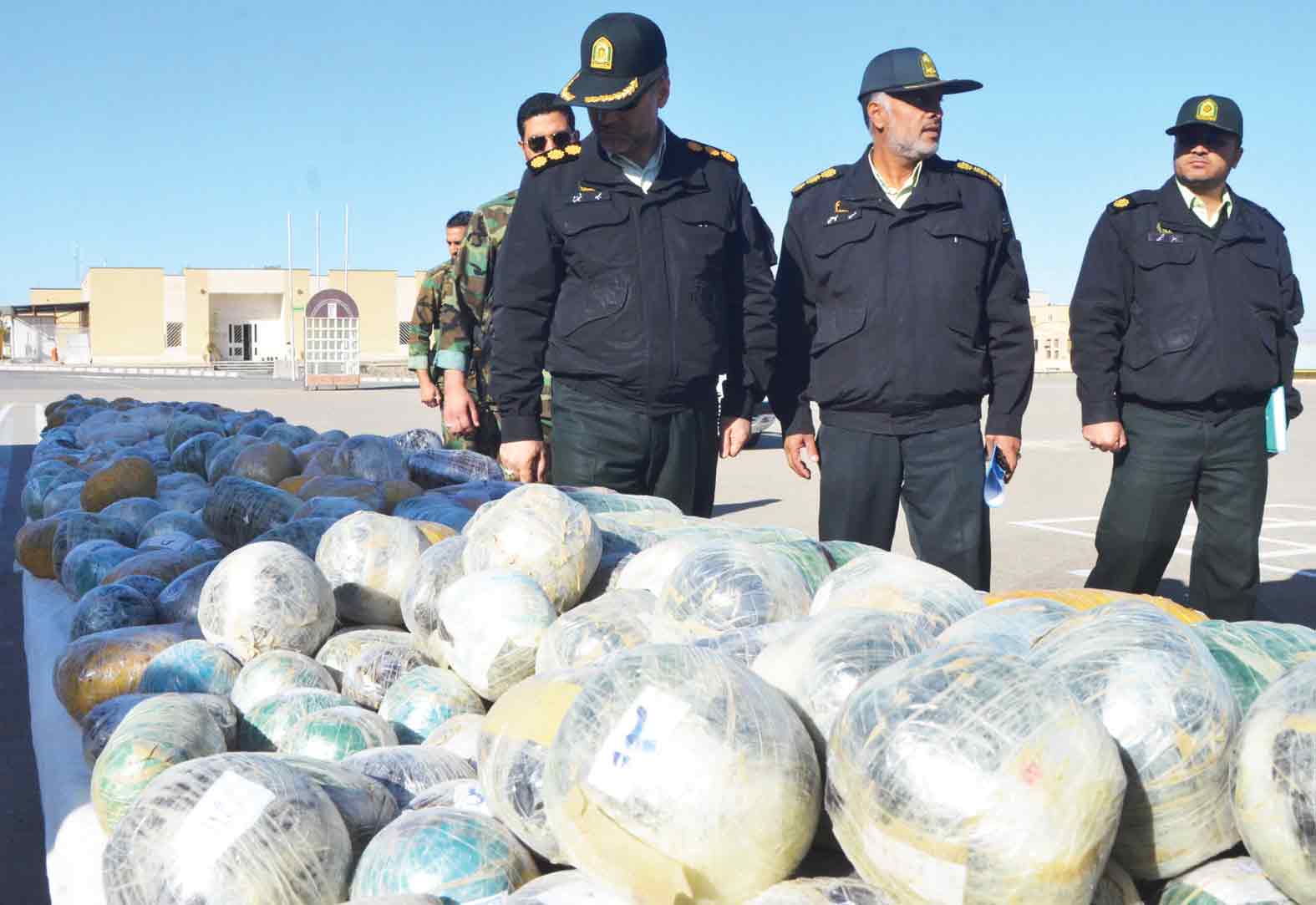Over 80% of harm reduction and treatment programs in the country are undertaken by non-governmental organizations and of the 2,271 NGOs active in the field, 37% are involved in prevention programs, 56% in treatment, and 7% in harm reduction, says the Interior Minister Abdolreza Rahmani Fazli.
Speaking at an event on the occasion of the International Day Against Drug Abuse and Illicit Trafficking in Tehran’s Shaqayeq Cultural-Sports Complex last week, he said, “Nearly 7,500 treatment and harm reduction centers are operating across Iran and have reached out to over 700,000 people over the past year that ended in March.”
The United Nations occasion is observed globally on June 26.
The Iran Drug Control Headquarters has been encouraging the involvement of NGOs in the three areas of planning, policymaking and launching and overseeing programs.
The adoption of a community-based approach is the main strategy pursued by the government at the current juncture. The community-based approach has paved the way for the participation of various social groups as well as people from different walks of life in the campaign against narcotic drugs.
There is a 22% rise with regard to the establishment of new NGOs in Iran.
Participation of NGOs is particularly significant since they mobilize communities in prevention of drug use and help provide treatment as well as rehabilitation for individuals, Hassan Mousavi, IDCH deputy for public participation had said last year.
They also provide commendable services at drop in-centers and outreach programs accessing hard-to-reach drug users in many parts of the country, while playing an active role in advocacy and raising awareness in support of drug control.
According to the latest statistics, there are nearly 100 NGOs specifically working to help solve the increasing challenges addicts face.
The biggest NGO in the field, ‘Rebirth’, mainly focuses on drug abuse prevention and treatment, harm reduction and drug demand reduction. It provides help to an estimated 140,000 addicts each year and its services include drug awareness and prevention programs, rehabilitation and counseling.
In February 2014, it spearheaded a meeting between regional countries including Afghanistan, Iran, Pakistan and the Central Asian states to create a network of drug demand and harm reduction NGOs. In cooperation with the IDCH, and the UNODC office in Iran, the plan was aimed at strengthening their ability to collaborate and exchange best practices to address the problems of drug abuse and HIV prevention.
Lack of Int’l Support
Despite the lack of international support, Iran has been spearheading the fight against drugs, dismantling 3,018 drug trafficking gangs and seizing over 618 tons of illicit drugs in 2,522 operations in the past three decades, Fazli said, IRNA reported.
The minister, who also doubles as the head of Iran Drug Control Headquarters, pointed to the directive by the Leader Ayatollah Seyed Ali Khamenei to put addiction among the top five social maladies to deal with under the next five-year economic, social and cultural development plan (2016-2021) now in the parliament for approval.
The Leader has called for stricter, more integrated, and more effective measures in fighting the scourge and all pertinent organizations have been given six months to prepare a report on how they would go about the tasks.
Fazli further said Judiciary Chief Ayatollah Sadeq Amoli Larijani has called on Prosecutor General Mohammad Jaafar Montazeri to set up a committee to review and revise the existing laws regarding drug-related crimes.
“Currently, 5,000 tons of illegal drugs are produced globally, more than 4,000 tons of which enter the regional and international markets”
“Last year, the drugs seized added up to 560 tons, and it is my belief that the same quantity could be consumed in the country.”
Opioid-Based Medications
On the other hand, based on reports by the World Health Organization and the International Narcotics Control Board (INCB), nearly three-fourths of the world’s population has zero or little access to opioid-based medications, Fazli said.
“Nearly 5.5 million cancer patients and one million suffering from AIDS/HIV who suffer great pain due to their ailments are among those deprived of opioid-based painkillers.”
The adverse situation “is due to geographical and security dimensions in economic, political, and social factors, paralyzing the human community in addressing the issue despite rapid evolution in science and technology,” he said.
The pharmaceutical industry across the world is also contributing to the thousands of different types of medications packed with potentially lethal doses, including fluoride.
Addiction Among Women
There are nearly one million addicts in the country, 10% of whom are women, said Vice President for Women and Family Affairs Shahindokht Molaverdi.
“Although it may not be a large number percentage-wise, the spread of drug addiction is faster among women than in men, and women’s addiction is much more destructive within a society with far more adverse consequences than that of men.”
Noting that children with addicted mothers are more vulnerable than children with addicted fathers, she said addicted pregnant women expose their babies to a plethora of health threats.
“Research shows that over 60% of substance abusers are married, which only highlights the importance of addressing the issue within families,” she said. Addiction is one of the biggest and most complex issues in the world today.
“Given the rapid advancement in the field of drug abuse across the world, counteractive measures must keep pace, and it is a global belief that a positive look based on the role of family in prevention is the main strategy to tackle the bane,” she said.


